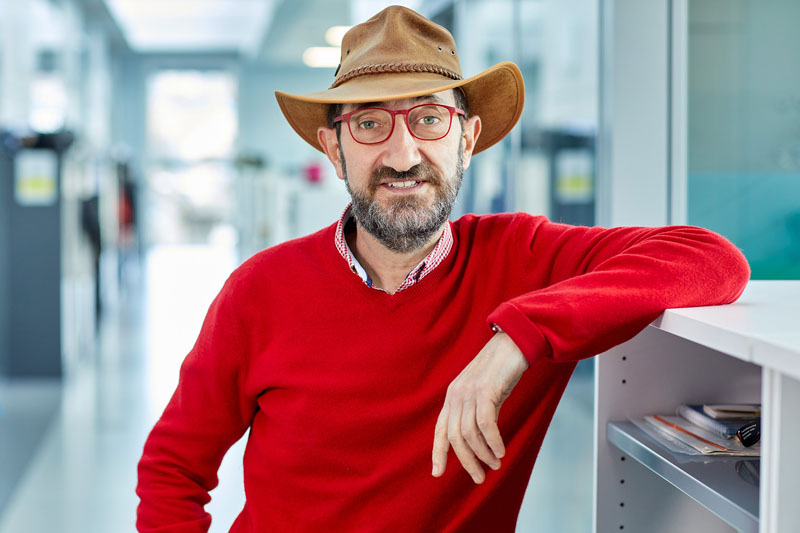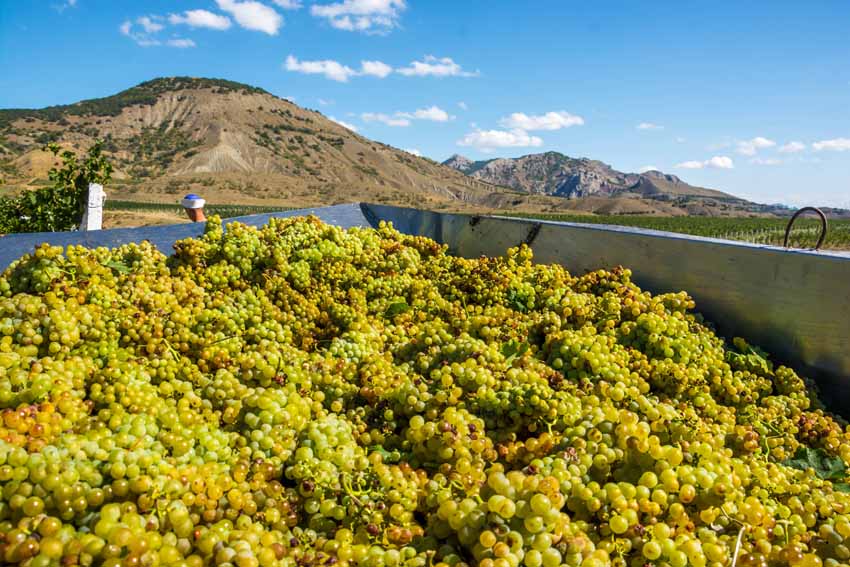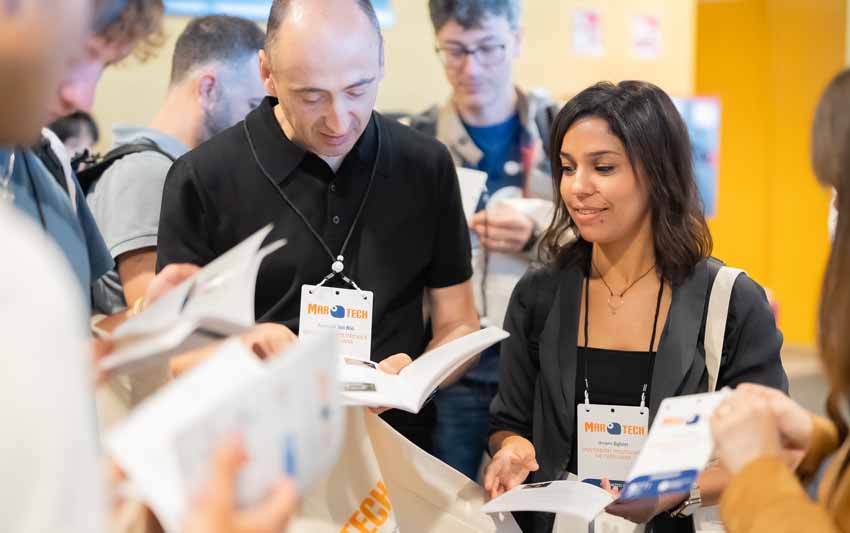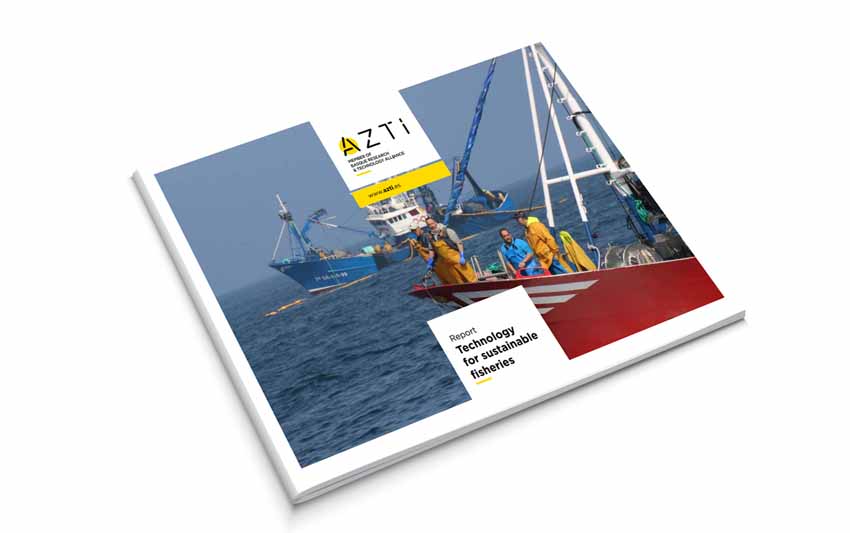What will we be fishing in 2049?
Últimas noticias
AZTI Researcher Ángel Borja Receives Prestigious Odum Award for International Scientific Career
Una mirada LGTBIQ+ al reino animal
Circular Economy in Action: Valorisation of By-products through Projects like PRIMA NEWFEED
GUILLEM CHUST. Head of Climate Change in Oceans and Coasts (AZTI)
It is said that when Edward Lorenz, in 1963, saw the results of his meteorological model in print, he was so surprised that he thought it was a mistake. Small differences in the input data led to large differences in the model’s predictions. This was the basis of the theory of Deterministic Chaos, popularised as the “Butterfly Effect”, the proverbial “flapping of a butterfly’s wings can cause a Tsunami on the other side of the world”, reflecting the fact that small initial variations can lead to totally unexpected results. And because of this, climate change scientists now strive to average climate models under different initial conditions and forcing with greenhouse emissions in order to outline future climate change. The consequence of this is that under each of these initial conditions we get a different climate, and therefore a different ecosystem. In particular, the ecosystem is an amplifier of small differences due to its complexity in the interactions between its composing species, and although it is possible to average total biomasses and thus predict which ecosystems will be more productive and which ecosystems will be less so, we will not be able to predict whether a particular species will be a winner or a loser in a given year or even period.
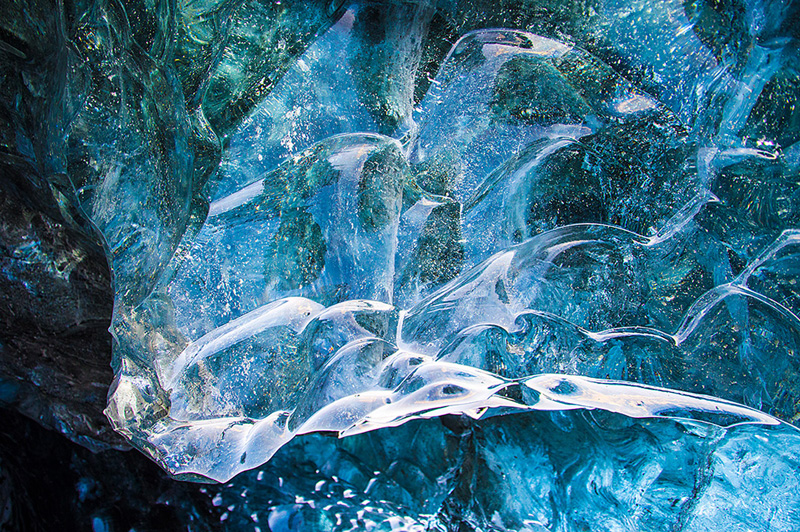
Let us take the Bay of Biscay, for example, which has been warming since at least the 1980s, its average sea level is rising at a rate of 2.5 cm per decade, and it is becoming more acidic. Climate models predict that, with the warming of the sea, the gulf will be less productive by the end of the century, which means that the total biomass of fish stocks will be somewhat lower. We can also deduce for the future other particular biological characteristics that apply to all animal species, such as smaller adult size, accelerated juvenile growth, a general increase in species adapted to warmer waters (tropicalisation) and a general decrease in those adapted to colder waters (de-borealisation). On the other hand, competence between species with similar characteristics is highly dependent on small differences in initial and environmental conditions, and therefore we cannot know whether we will have more anchovy or sardine, more mackerel or horse mackerel, for example.
At the fifth edition of the Uhinak cross-border conference on climate change and the coast, which took place on 16 and 17 November, we discussed the certainties and uncertainties of the future that awaits us. Will we have more storms that hit the coast? Will we have more heat waves like this summer’s? How can we adapt to or mitigate their effects? This edition was marked by the climate summit (COP27) in Egypt, in the midst of a global economic crisis and polarisation of world powers. The climate emergency is once again relegated to the background, especially because of more immediate needs, but also because of those governments that have always denied or relativised it. We are far from achieving the commitments (carbon neutrality by 2050) that we agreed in Paris in 2015, the same year Uhinak held its first edition. According to the Mauna Loa laboratory in the Pacific Ocean, the CO2 concentration in 2015 reached 400 ppm on average and in 2022 it will reach 418 ppm on average, with an uninterrupted rate of increase.
Climate change is here, and we need to work together to face it. And here Uhinak conference has an important role to play as a space where all the actors meet, debate and reflect: representatives from the public sector, politics, business, journalists, technicians, experts from technology and research centres.
Article published in Diario Vasco
